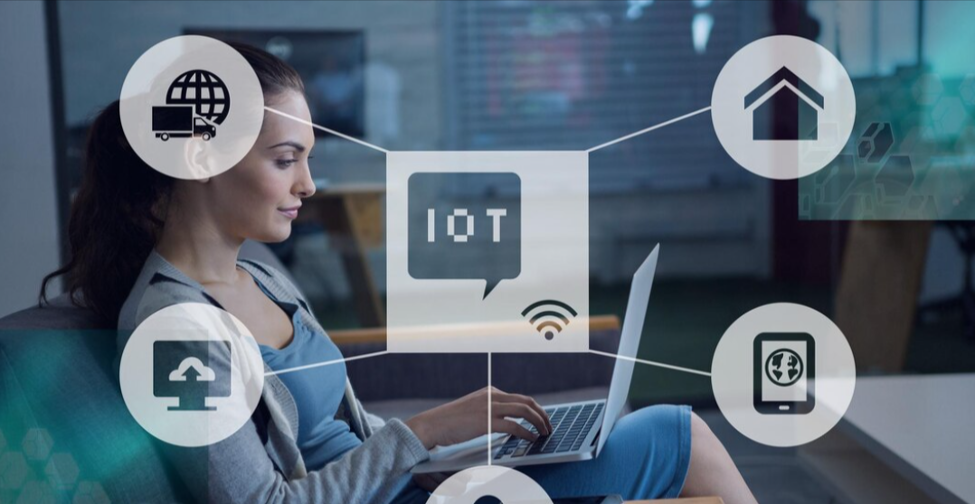Introduction: Transforming Facilities Management with IoT
In the realm of modern facilities management, the integration of IoT (Internet of Things) has emerged as a transformative force. This article delves into the profound impact of IoT on operational workflows, exploring how Integrated Facilities Management (IFM) solutions are leveraging the power of connectivity to enhance efficiency and streamline processes.
Understanding Integrated Facilities Management (IFM)
At the heart of the facilities management revolution lies Integrated Facilities Management (IFM). This approach consolidates various services and processes under one umbrella, offering a comprehensive solution for the effective and efficient management of facilities. With a focus on the integration of people, processes, and technologies, IFM sets the stage for the seamless incorporation of IoT into operational workflows.
IoT’s Contribution to Operational Workflows
IoT acts as the linchpin in the evolution of facilities management. By interconnecting devices, systems, and processes, IoT creates an ecosystem where data flows seamlessly, allowing for real-time monitoring and control. In the context of operational workflows, this means that facilities can respond dynamically to changing conditions, optimize resource allocation, and proactively address issues before they escalate.
Real-time Monitoring and Predictive Maintenance
One of the key benefits of incorporating IoT into facilities management is the ability to monitor assets and systems in real-time. Sensors and connected devices gather data on equipment performance, energy usage, and occupancy levels. This real-time data not only facilitates proactive decision-making but also enables predictive maintenance. By anticipating equipment failures before they occur, facilities can minimize downtime and reduce the cost of reactive maintenance.
Enhancing Energy Efficiency Through IoT
Energy efficiency is a critical aspect of facilities management, and IoT plays a pivotal role in optimizing energy usage. Smart sensors and meters collect data on energy consumption patterns, enabling facilities managers to identify areas of inefficiency and implement targeted solutions. By automating lighting, heating, and cooling systems based on occupancy and usage patterns, IoT contributes to significant energy savings and a more sustainable operational workflow.
Streamlining Space Utilization and Occupancy Management
IoT technologies provide valuable insights into space utilization and occupancy trends. By deploying sensors that monitor occupancy levels and usage patterns, facilities managers can optimize space allocation. This data-driven approach ensures that spaces are used efficiently, helping organizations make informed decisions about office layouts, meeting room usage, and overall space planning.
Security and Access Control in Smart Facilities
Security is a paramount concern for facilities management, and IoT brings a new dimension to access control and surveillance. Smart security systems integrated with IoT enable real-time monitoring of access points, video surveillance, and alarms. The ability to remotely manage and monitor security systems enhances overall safety, offering peace of mind to both facility managers and occupants.
Data-driven Decision Making with IoT Analytics
IoT generates a vast amount of data, and the real value lies in the actionable insights that can be derived from this data. IoT analytics allow facilities managers to make informed decisions based on historical trends, performance metrics, and predictive modeling. This data-driven approach empowers managers to optimize operational workflows, allocate resources efficiently, and continuously improve the overall performance of facilities.
Challenges and Considerations in Implementing IoT in IFM
While the benefits of IoT in facilities management are substantial, the implementation comes with its set of challenges. Security concerns, data privacy, and the need for standardized protocols are among the considerations that must be addressed. Additionally, the integration of legacy systems with new IoT technologies requires careful planning to ensure a smooth transition and maximize the benefits of an IFM approach.
The Future Landscape of Facilities Management: A Connected Ecosystem
As IoT continues to evolve, the future landscape of facilities management envisions a fully connected ecosystem where devices, systems, and people collaborate seamlessly. From smart buildings that adapt to occupants’ needs to AI-driven predictive analytics that anticipate maintenance requirements, the integration of IoT in IFM is propelling the industry toward a new era of efficiency, sustainability, and innovation.
Conclusion: Embracing the IoT Revolution in Facilities Management
In conclusion, the role of IoT in facilities management, particularly within the framework of Integrated Facilities Management (IFM), cannot be overstated. The transformative impact on operational workflows, from real-time monitoring to predictive maintenance and energy efficiency, underscores the significance of embracing connectivity in modern facility management practices. As organizations look to the future, the synergy between IFM and IoT presents an exciting prospect for creating smarter, more efficient, and sustainable facilities.

